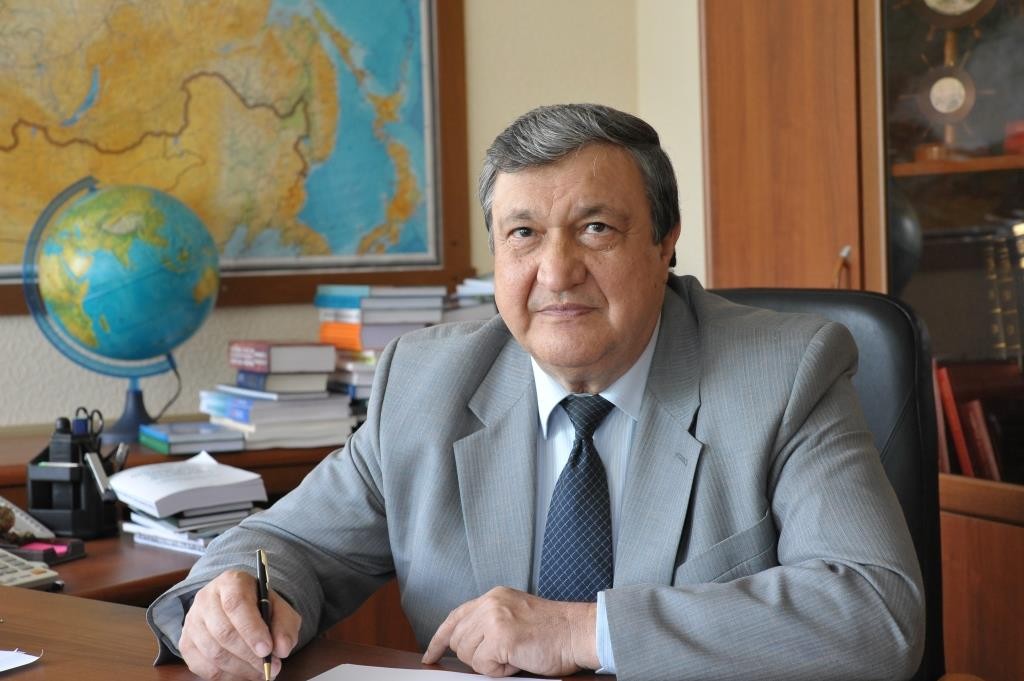To the Director of Northeast Institute of Geography and Agroecology of the Chinese Academy of Sciences and to the staff of the Institute Dear colleagues, It is a great honor and privilege for me to say some words of welcome and to congratulate you on the sixtieth anniversary, the date when your Institute was founded. For these years your Institute became the large centre of complex geographical studies known not only in China, but worldwide and in various areas of Russia. With great pleasure we mark that the ties between our Pacific Geographical Institute of the Far Eastern Branch of the Russian Academy of Sciences and your Institute develop closely and fruitfully. We carried out the joint geographical studies of the trans-boundary watershed of the Amur River basin. Important international scientific conferences were organized and held in Changchun, Vladivostok, and Khabarovsk. The studies brought together experts from these cities. The proceedings of these conferences were openly published. We are united by our research interests in studies, first, of the unique objects of joint geographical studies, such as the trans-boundary watersheds of the Amur River, the Ussuri River, Lake Khanka, and finally, of the whole region of Northeast Asia. Second, we are united by the developments of methodology, the theory and the methods of regional complex geographical studies. The latter mainly deals at present with the studies of the integrated geographical systems consisting of the components of nature, population and economy. Such geosystems exist objectively, for example, a separate settlement with its natural environment, or a combination of some settlements within a certain territory with all its environs. Similar studies demand to single out and cover geographical formations with minimum generalizations of their basic characteristics. Besides, the estimations of actual and prognosis (calculated) changes of geosystems under the influence of natural and anthropogenic factors are necessary. All these can create the scientific bases of rational nature management and spatial development in the regions of our countries. Wish you all a great success in your original and remarkable studies! Petr Baklanov Academician of the Russian Academy of Sciences Scientific Leader of PGI FEBRAS 
|